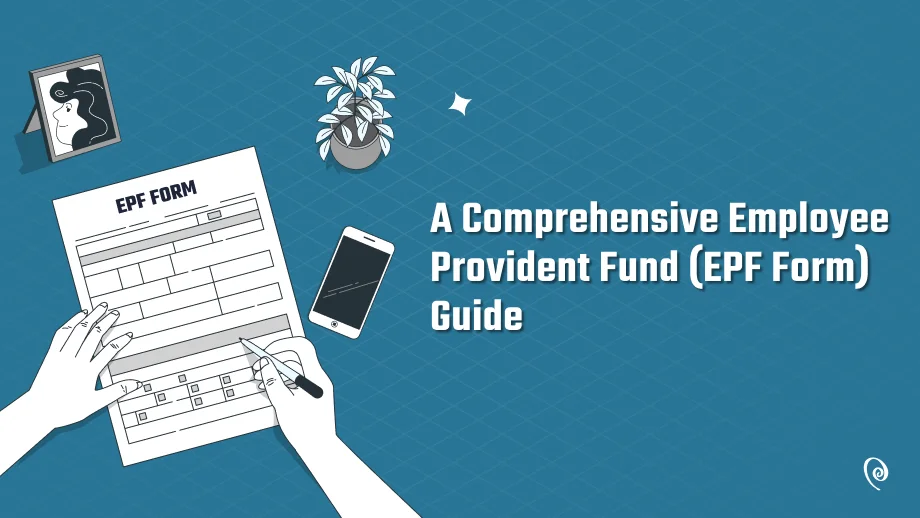An employee referral program is a structured initiative implemented by organizations to encourage their employees to recommend potential candidates for job openings within the company. It incentivizes employees to refer individuals from their professional networks, offering rewards or bonuses for successful referrals.
×






















Streamline business processes with Superworks
Get started with a free trial!
Sign up & let’s start
Easy to set up
Seamless configuration
All in one platform for hassle-free processes








30 days free trial
Quick customer support
Anytime withdrawal
Trusted by more than 15 brands




Reliable solutions
Transparent pricing
No direct payment required
Loved by customers across 30+ cities








Book a free demo
Talk to our expert and know how it will work in your system
 Contact Sales
Contact Sales 













